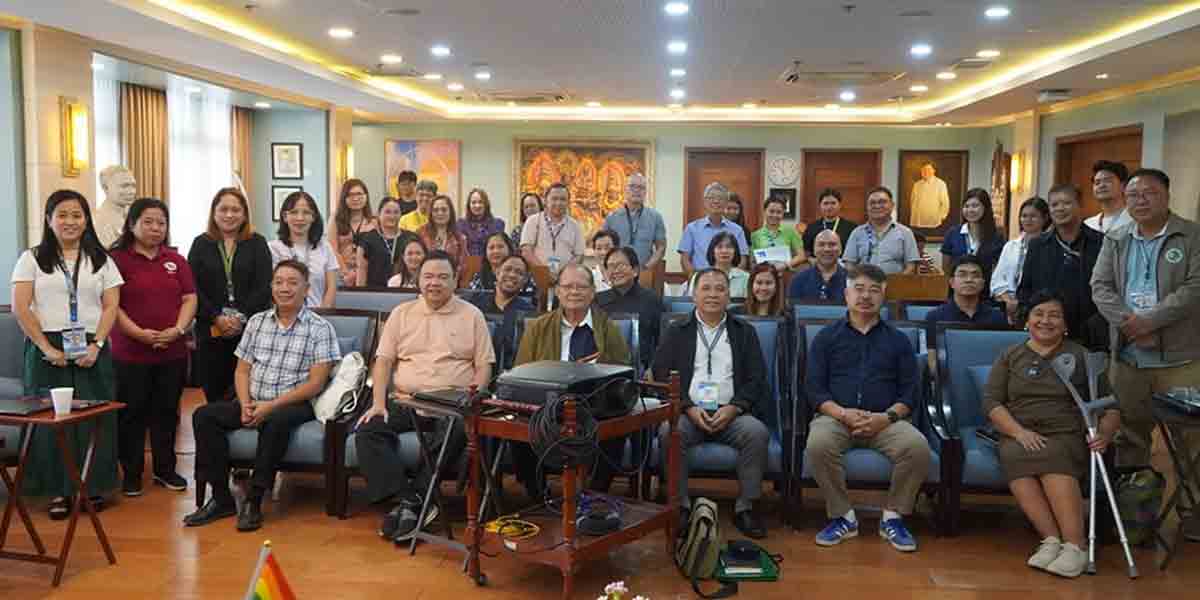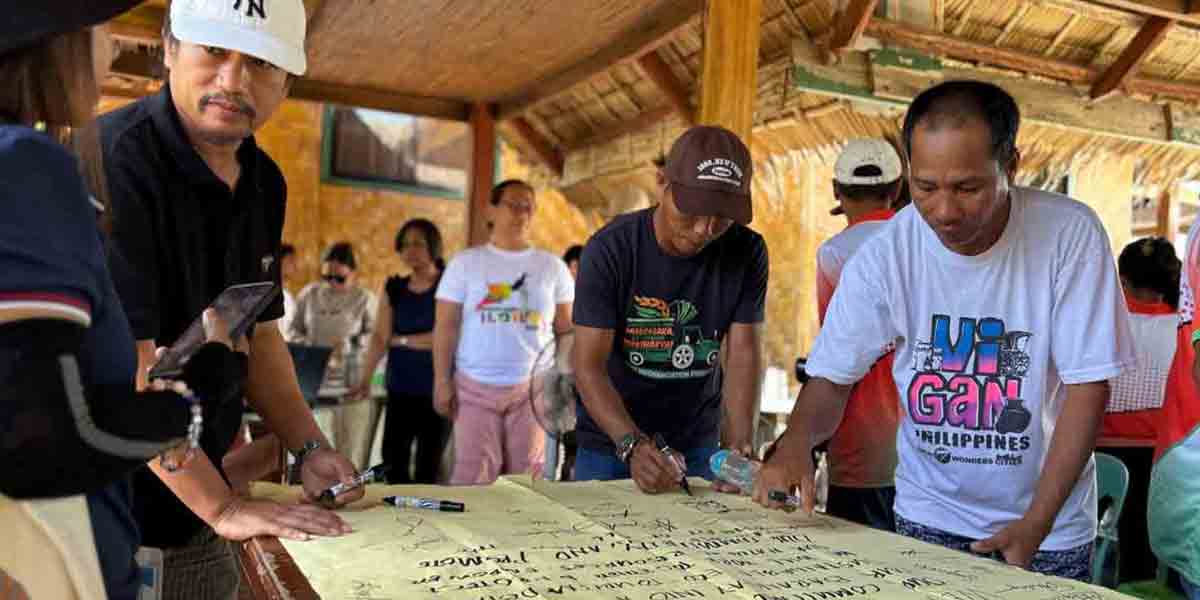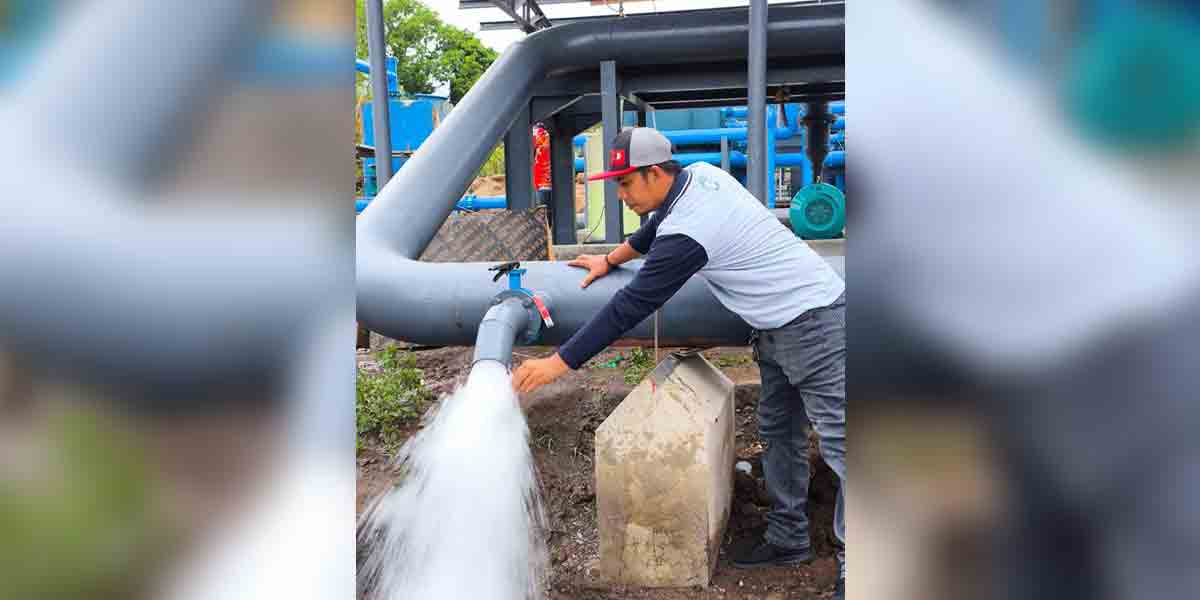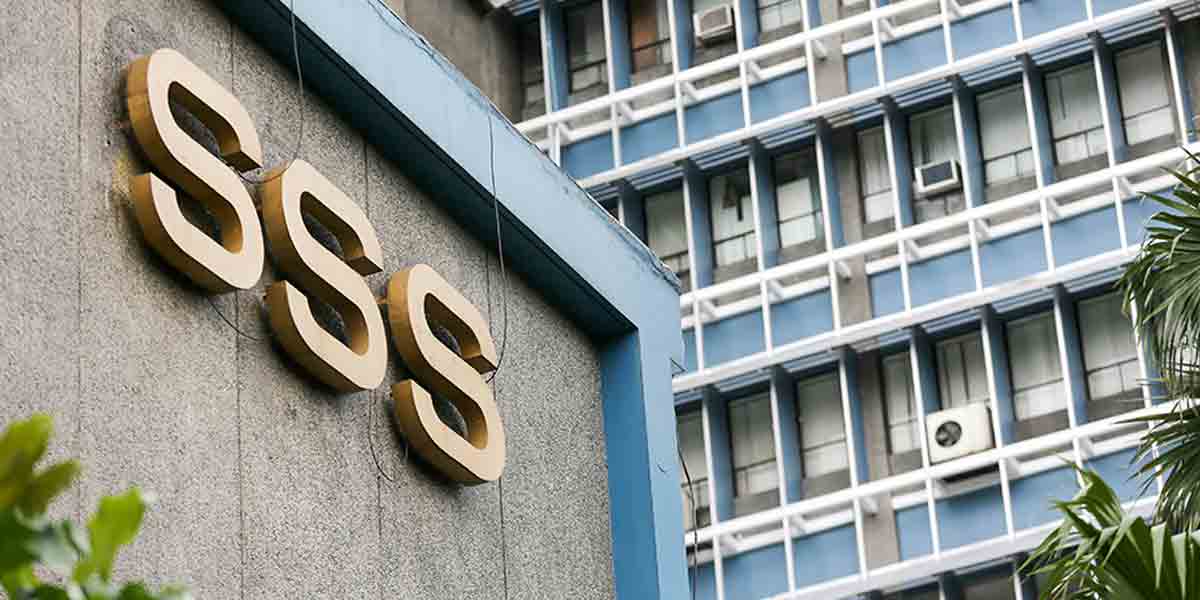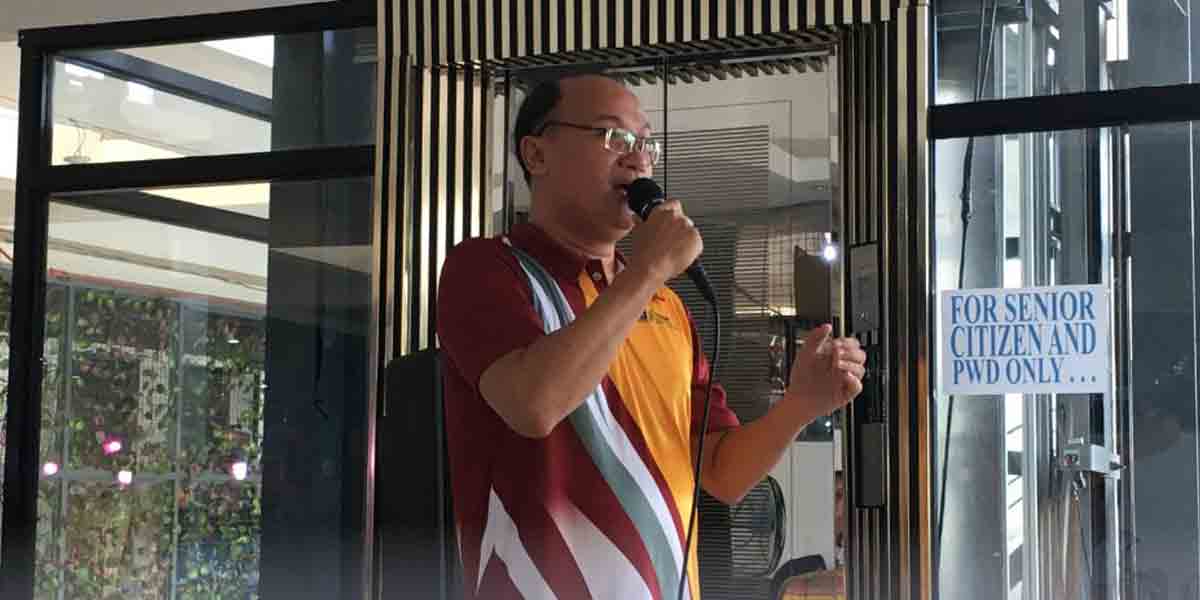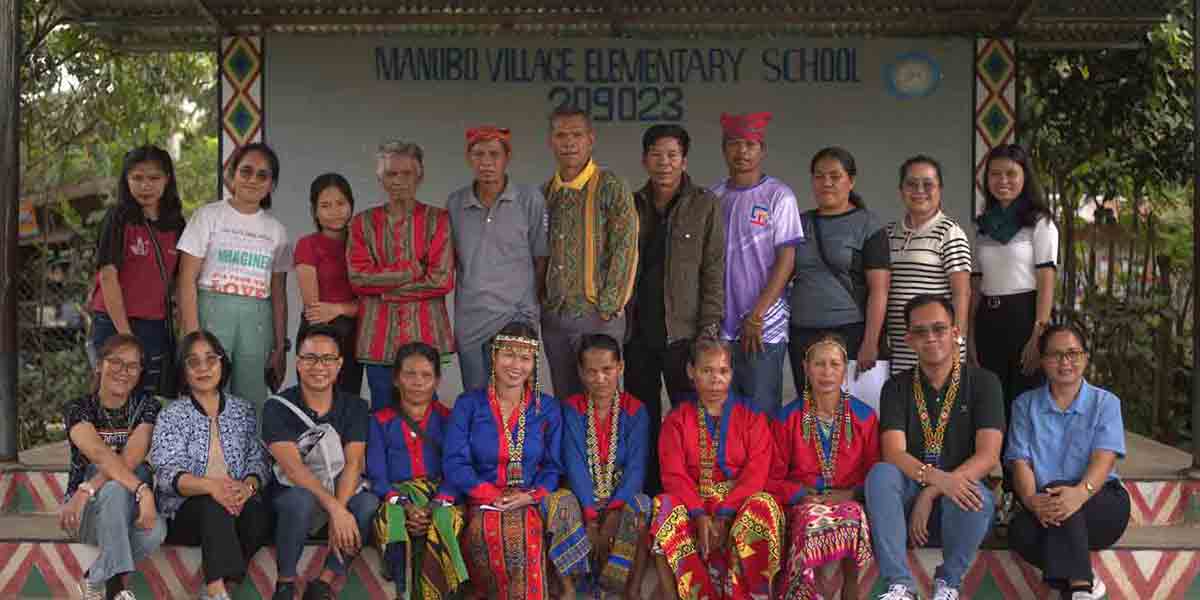If you’re stopping by Iloilo City for the 2023 Dinagyang Festival, and still have time to spare before or after the festivities, you may want to check out spots here that are worth your while and won’t drain your pocket as much.
The excitement is on for the physical comeback of the city’s annual religious festival which began in 1968 to honor the arrival of the Señor Sto. Niño replica from Cebu.
An influx of visitors – from some of the highest officials of the land, online and offline celebrities, to your regular backpacking tourists – are expected to arrive in the city to witness the return of vibrancy to the streets.
But aside from the festival, Iloilo City has always boasted a lot of places where the past meets the present, the sweet meets the savory, and the wheels meet with the feet.
HERITAGE AREAS AND MUSEUMS
Throughout the country’s more than 300-year history, Iloilo City has played a huge role in its development, in more ways than one.
The first on the list is the Downtown Iloilo City Heritage District, which is lined with Spanish and American-era buildings preserved through the efforts of the city government and local groups.
It is here where people can find an array of shops of different kinds including food, clothing, school supplies, and many others, for a more affordable price. Likewise, the buildings take you to the heyday of Iloilo City as a cultural and economic center in the Visayas since the American period.
To learn more about the city’s heritage, visitors can also enjoy museums like the Museo Iloilo along Bonifacio Drive, which houses many artifacts of the city and province’s olden days, as well as modern works by Ilonggo artists.
Another museum is the Museum of Philippine Economic History which opened in February 2019 at the Edificio Ynchausti Y Compañia on the corner of Ortiz and J.M. Basa Streets. The museum has 13 galleries housing artifacts and interactive features on small-scale industries (Blue and white ceramics, Rice farming tools, Blacksmithing tools, Tobacco, Indigenous textiles, Body ornaments, Sugar mills, Train wheels, Numismatics, Silverware, Coconut products, and Manila hemp) that thrived throughout the country’s history.

That museum has found a sister in the Museum of Philippine Maritime History, at the Customs House along Peralta Street and Muelle Loney, and opened just last January 13.
It houses two galleries detailing the country’s affinity to its bodies of water and how it contributed to the nation’s development, from pre-colonial times to the present.

The University of the Philippines Visayas museum in its Iloilo City campus also features halls with local and regional collections of artworks and woven textiles.
For religious devotees, they may visit the Mother Rosario Museum at the Dominican Motherhouse in Molo district, named after and dedicated to Maria Beatrice Rosario Arroyo or otherwise known as Venerable Mother Rosario.
She was a native of the district who entered the Dominican congregation in Manila in 1911 and was given the title Venerable by Pope Francis in 2019.

Those who are interested in contemporary art may go to the Iloilo Museum of Contemporary Art which is located at the Iloilo Business Park, which spans three floors and houses five exhibit halls.
Four exhibit halls (Hulot Exhibit, The Gallery 1 and 2, and Adoracion Valencia Gallery), feature different artworks by Ilonggos and other Filipino and foreign artists which showcase contemporary types of art, while The Box also hosts artistic performances equipped with state-of-the-art audio technology and can house up to 60 people.
Another modern-day museum is the Musée d’ Arsie at the Metro Iloilo Modern Arts Park along Diversion Road, which is a private gallery showcasing vast and varied collections of all mediums, with works spread along the building’s 7 floors.
GASTRONOMIC EXPERIENCE
Iloilo may be known for La Paz Batchoy, Pancit Molo, and other small delicacies that people can fit in their pockets, but it is also home to food that is worth travelling and spending for.
For those who wish to have one of the best seafood experiences, they may want to get out of the city for a bit to try at Tytche Seafood Restaurant in neighboring Leganes town.
It features stewed, grilled, kinilaw, and adobado versions of their favorite seafood, like your catfish, grouper, seabass, snapper, shrimps, crabs, shellfish, and other edible treats from under the water.
A staple in Ilonggo gastronomy is Tatoy’s Manokan and Seafood Restaurant near Villa Beach in Arevalo district, which has always been a go-to for tourists and residents alike when wanting the best native chicken, pork lechon, and an array of seafood goodness that melts in the mouth.
For snacks, no trip to Iloilo will be complete without passing by Roberto’s along J.M. Basa Street, home to the city’s most famous siopao, which comes in various meat and egg fillings, and sizes to the liking of tourists and denizens alike.
The Molo Mansion also plays host to local businesses, from coffee, to sausages, to cookies, and also has a Kultura shop inside the main house.
RECREATION
The Esplanade would be the first thing that comes to mind when talking about recreation in the city.
It stretches 8.1 kilometers in length, spanning from Mandurriao district to La Paz and City Proper districts, and is ideal for biking, jogging, and walking.
The bike lanes stretch for 11 kilometers from Diversion Road up until Sambag, which has also won the city numerous awards for its role in uplifting bike culture in urban areas.
At the Mandurriao side, which stretches from Benigno Aquino Jr. Avenue to the Carpenter’s Bridge in Brgy. Tabucan, some spots play host to daily Zumba workout sessions which happen at the break of dawn and as dusk settles in.
The city’s plazas are also open to some forms of recreation. Tourists can visit Plaza Libertad, Molo Plaza, Jaro Plaza, Sunburst Park, and the Koi Pond at La Paz Plaza, setting up the perfect spots to just sit down and chill while breathing in the good air of the city.
BRAND NEW SIGHTS, SAME OLD CITY
City Tourism and Development Officer Junel Ann Divinagracia told Daily Guardian that they would see a different city when they come here for the Dinagyang Festival.
She credits the active partnership between the city government, the private sector, and civil society groups which are focused on keeping the city’s heritage and cleanliness.
“The city has become so beautiful. We have had so many open spaces. We have already had the plazas since time immemorial, but we have seen them better now. They have been beautified and expanded,” Divingracia said.
“We now have the ‘Garden of Love’, and our Esplanade has been enhanced, spruced up by reliefs and artworks. You can only see a clean river in a highly urbanized setting in Iloilo City. The Iloilo River is a nice place for wellness. You can now stroll, walk, or jog there, which we couldn’t do before,” she added.
The festival, she said, was also an opportunity to show off how much it has changed since the pandemic.
“This is the most ‘come on’, and the reason why Mayor [Jerry Treñas] and the Iloilo Festivals Foundation have prepared and spent for, to be bigger, better, and brighter, because this is the first face-to-face event, so we want it to be different from the other celebrations before,” she said.

